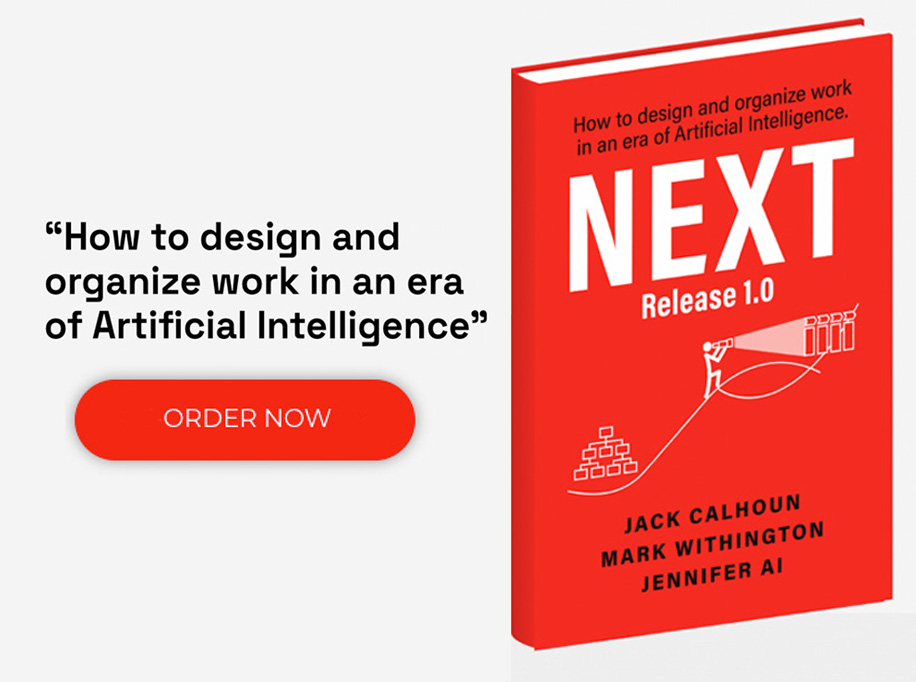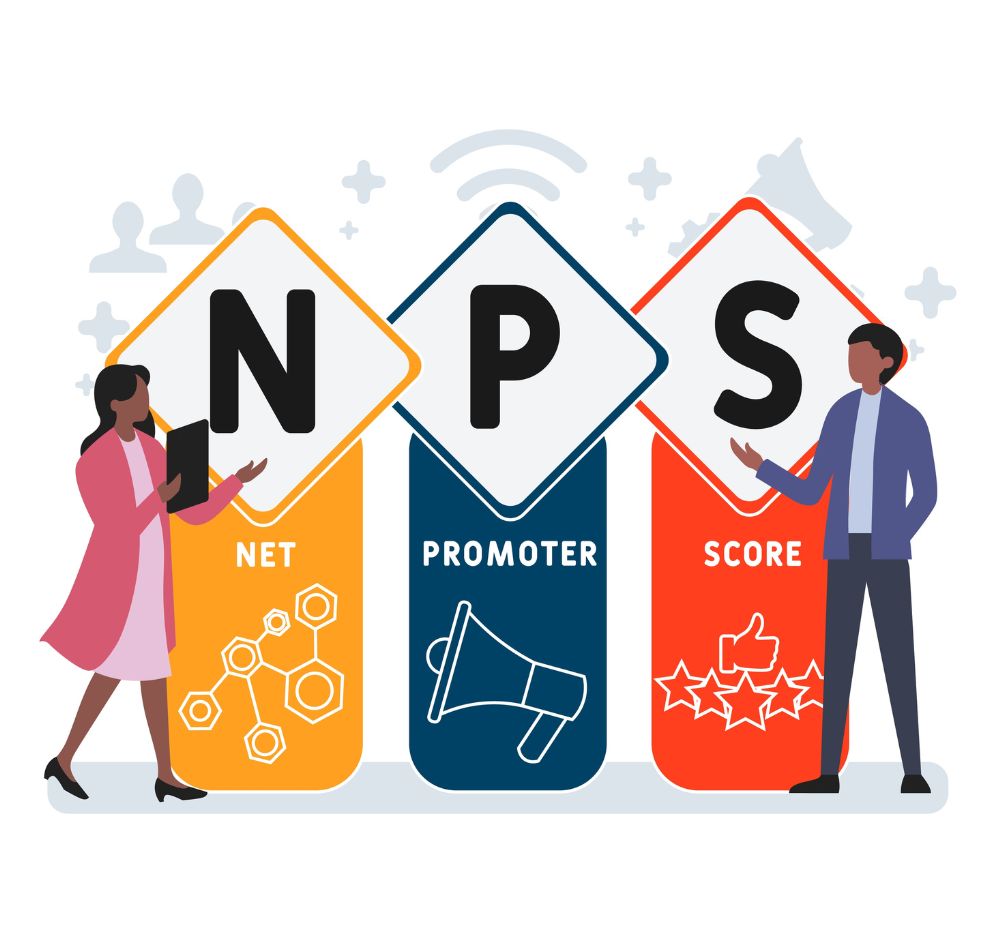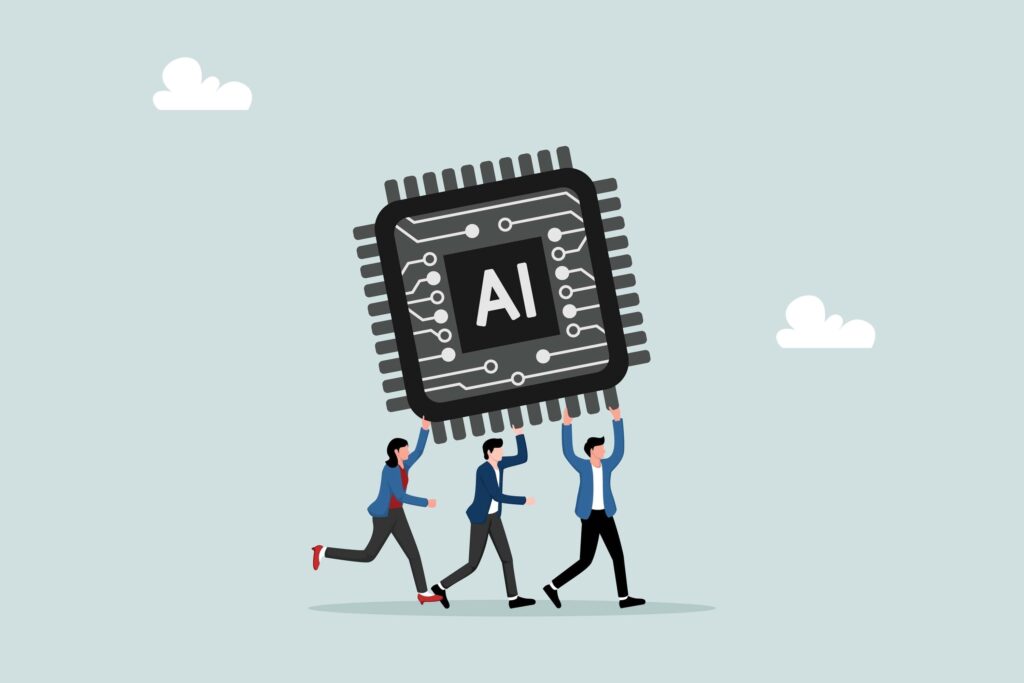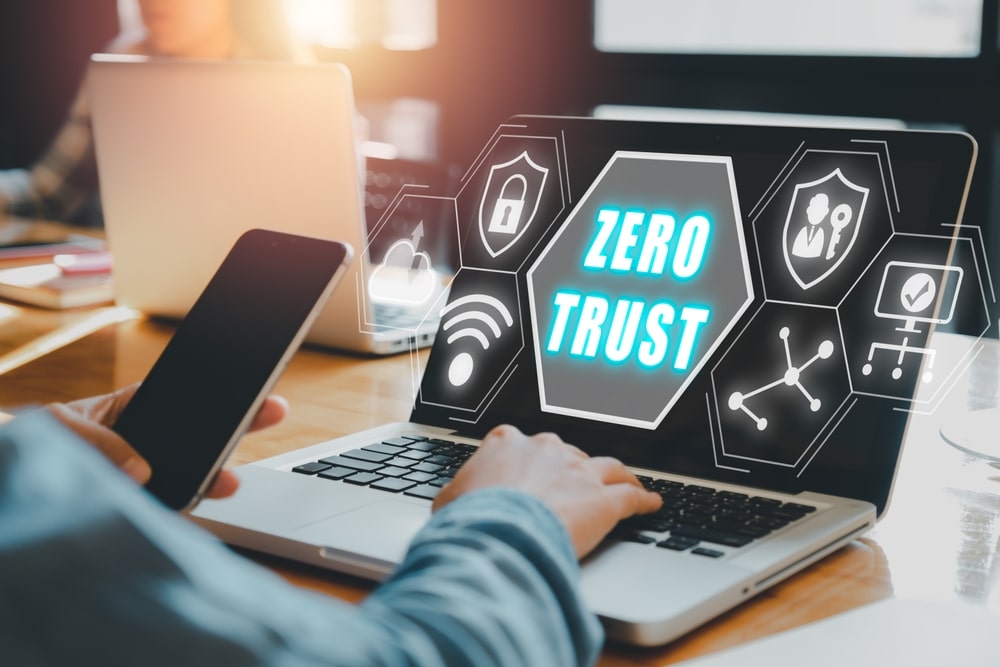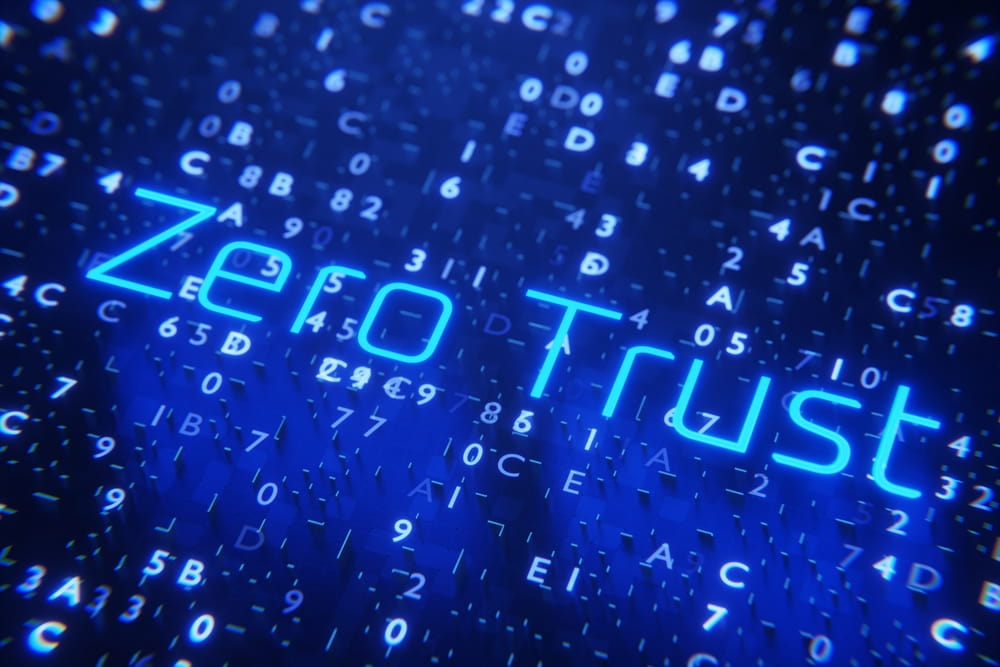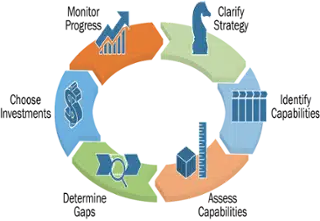The State of Innovation – February 2025
The AI Organization
Not to sound like a bandwagon fan, but AI is really changing the world of work. One could argue about all of the downsides and compute power needed to run these models, but you can’t argue with the dramatic impact AI is having on businesses all over the world. AI is permeating all aspects of the organization – from marketing and sales to back office, data analytics, and customer service. This pervasiveness across the operating model leads to an interesting question: What would happen if you designed an organization from the ground up with AI in mind?
McKinsey’s work with Singaporean bank, DBS, seems to answer that question. Their transformation, subject of a Harvard Business School case study, shows just how difficult it is to transition from traditional operating model design to one powered by AI. It also stresses the importance of clean data as well as trained and experienced staff to help push the envelope.
The ability to leverage data from all parts of the organization is paramount to building successful AI models. Enter platforms like ServiceNow, who is leading the way in AI Agents and Workflow Data Fabric. ServiceNow is able to take disparate parts of an organization and through their common data structure, organize an organization’s data into useable data, perfect for training AI Agents to support staff and customers. This increases efficiency and yields better outcomes for everyone.
AI and AI Agents are no magic bullet of course and characterizing them as such would overlook the shear amount of work it will take to implement AI-enabled operating models. Government organizations looking to streamline using AI must first consider the quality and location of data across their operation necessary to build the models and be willing to jump in, head first, to a long, difficult, but ultimately rewarding journey.
- An inside look at how McKinsey helped DBS become an AI-powered bank – McKinsey
- Driving success with Agentic AI for ServiceNow partners – ServiceNow
Is It Time For a New Path in Cybersecurity?
This month, a few of us started watching Netflix’s “Zero Day,” a thriller staring Robert Di Nero and following his work running a federal commission following a cyber terrorist attack. While Di Nero’s world is fictional, real-world consequences for cybersecurity and the need for continuously developing new measures has never been more pressing that it is today. As this piece from the World Economic Forum lays out, navigating new complexities, especially surrounding adoption of AI, must be a priority for technology leaders in 2025.
One key vulnerability highlighted by the World Economic Forum is the “fragmentation of cybersecurity regulations across jurisdictions.” Indeed this patchwork approach to security and cybersecurity is leading to more headaches for government employees. In fact, this piece from GovTech makes the case that it’s time to consolidate cybersecurity regulations into a more cohesive approach. This harmonization would go beyond the ongoing StateRAMP and FedRAMP work and look to streamline elements across the more than 25 different frameworks used for cyber security today.
Between increased attention in pop culture, a new administration who has proven they are willing to move fast and break things, and ever-growing adoption of new and untested tools, now might be the opportune time to align these standards – simplifying compliance so that organizations can work on innovating new, cutting-edge ways of mitigating cybercrime. At a minimum, State governments need to work with their innovation economies and high-tech providers in their states to design a path forward that helps build a safer cyber world for everyone.
- It’s Time to Consolidate Cybersecurity Regulations – World Economic Forum
- The cyber threats to watch in 2025, and other cybersecurity news to know this month – GovTech
In World of AI, Is There Still Room For Blockchain?
Artificial Intelligence has truly dominated the conversation for the past 2 years, with promises for efficiencies and new models of work. It wasn’t so long ago that another ground breaking technology promised to upend the way the world works: Blockchain. The true value of blockchain goes above and beyond crypto crazes and Fartcoin, and many states continue to explore its unique capabilities to provide smart contracts and tamper-proof records.
While many states have explored distributed ledger technology for years, widespread adoption continues to be a struggle. In truth, blockchain adoption faces the same inherent struggles as AI in the government – to what extent is the government willing and able to give up control of certain data in order to improve processes and constituent services while simultaneously preventing fraud?
In today’s political climate, certain applications of distributed ledger technology may be easier to explore than others:
- Land registries, identity management, and communications are clearly constituent facing and may face push back about data usage and rights
- Supply chain, record keeping, and financial management may prove easier to adopt because they are largely inward oriented with public data
- Voting systems are undoubtedly in need of an overhaul to increase public trust in elections, but layering on complex technology might not create the trust needed in this space.
- 7 Blockchain Use Cases for Governments – Chainlink

